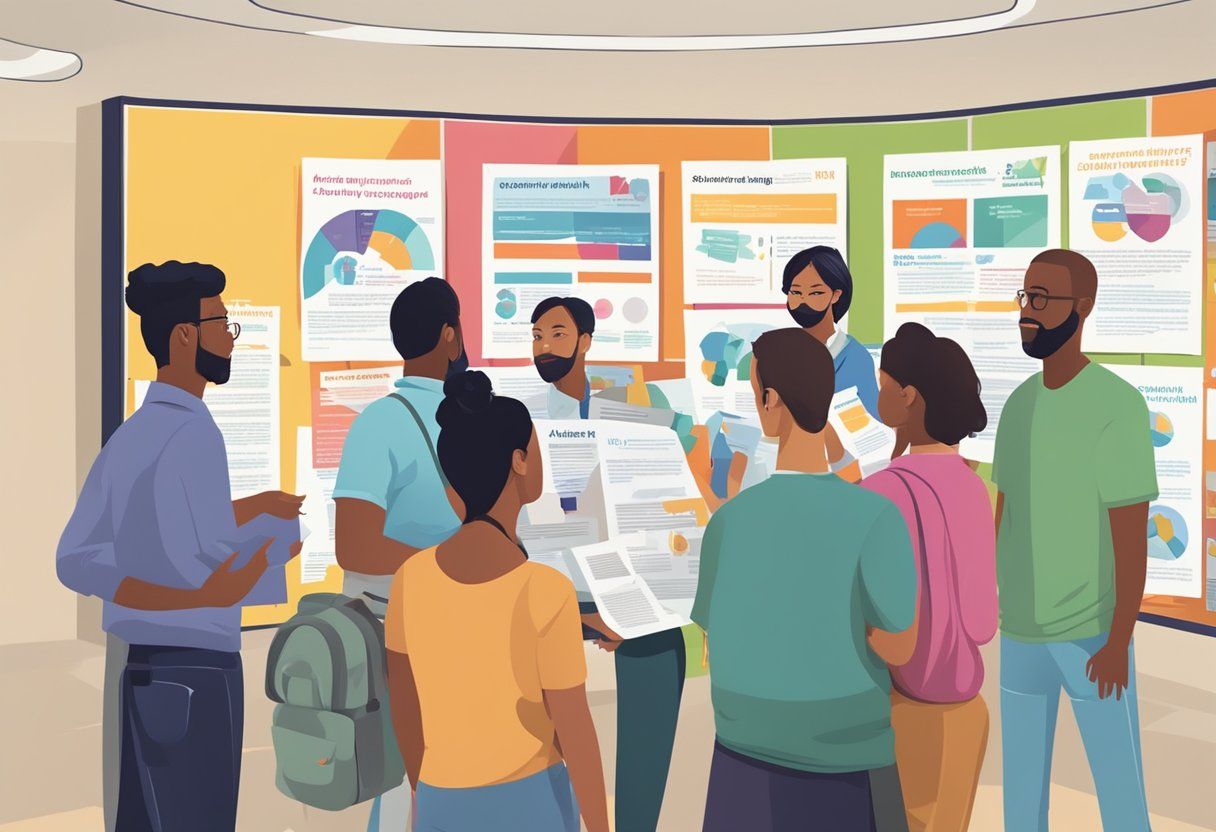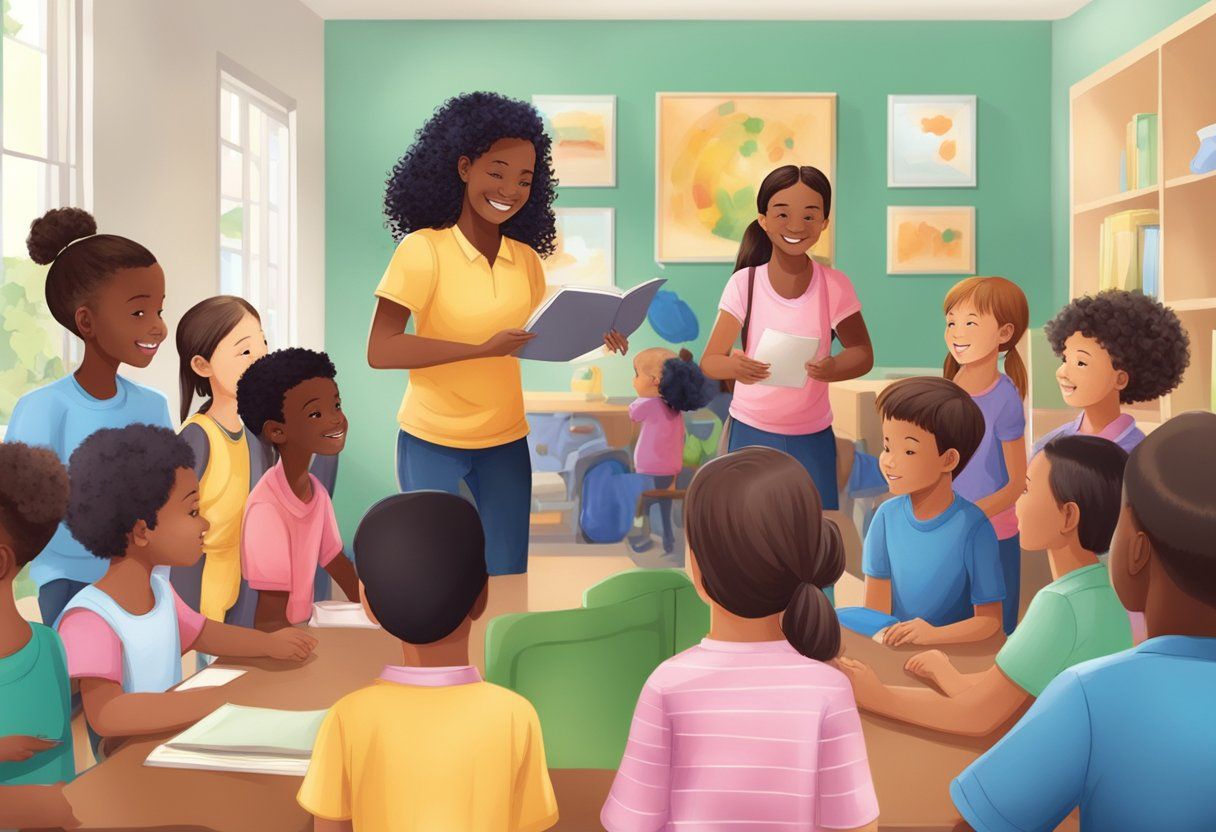BLOG
Categories
Clearing the Air on AAP: What Families Really Need to Know
Let’s get real about the Adoption Assistance Program (AAP). There’s a lot of confusion out there, and unfortunately, a lot of families miss out on vital support simply because no one took the time to explain things in a straightforward, heartfelt way. So let’s do just that—let’s slow it down, take a breath, and walk through what this program really means for you and your child.
What AAP Is Really About
AAP is not just about dollars and cents. It’s about understanding that parenting a child who comes from foster care—especially one carrying the weight of trauma or special needs—isn’t just a weekend project. It’s life-altering. This program is a bridge. It says to families: “We see you. We support you. You don’t have to do this alone.”
Who’s Eligible?
Eligibility isn’t about red tape—it’s about recognizing need. Children in foster care with what the system calls "special needs"—and I want to pause here, because every child is special—are often those who, without assistance, might not find a forever home. Whether it's a medical diagnosis, developmental delays, being part of a sibling group, or just the fact that they’ve had too many goodbyes too soon, these children qualify. Families need to document these needs, yes, but what’s more important is that we see them, truly see them, and meet them with love and support.
What’s in It for Families?
Let’s be honest—raising any child takes resources. Raising a child who’s been through the storm? That takes even more. AAP offers monthly financial support tailored to your child’s unique needs. But the real gift? Medical coverage that travels with your child—often through Medicaid—so you’re not scrambling to cover doctor visits or therapy appointments. This isn’t charity. This is compassion in action.
How Do You Get It?
The path to receiving AAP support is structured, but don’t let that intimidate you. Start by working closely with your social worker. The key here is documentation—sharing your child’s story in a way that makes the needs clear. Then, you’ll enter into an adoption assistance agreement that spells out the support you’ll receive. And here’s the powerful part: once the adoption is finalized, the support doesn’t end. It continues, because healing doesn’t happen overnight. It’s a journey.
Demystifying Adoption Support for Families That Need It Most
Let’s lean into a deeper truth—adoption isn’t one-size-fits-all. The challenges faced by Black and African-American children and by single or low-income parents aren’t just statistics—they’re stories, they’re systems, and they’re stress. The Adoption Assistance Program (AAP) exists not just to help, but to level the playing field. And if we’re not talking about that honestly, we’re not helping anyone heal.
For Black and African-American Children: Healing Through Cultural Connection
There’s a painful reality we need to speak out loud—Black and African-American children remain some of the least likely to be adopted from foster care. That’s not a coincidence. It’s the echo of generational trauma, systemic bias, and a lack of cultural responsiveness in adoption systems.
Support, in this context, isn’t just about money—it’s about identity. It's about wholeness. The AAP helps by recognizing that cultural belonging is not optional—it’s essential. Organizations like the Institute for Black Parenting are leading the charge by equipping adoptive parents with tools to nurture identity, not erase it.
This means offering training rooted in cultural understanding, and support that affirms a child’s heritage. Financial support from AAP isn’t just about affording a bed or a meal—it’s about creating stability, where culture, language, and lineage can thrive. It’s love with a cultural lens.
For Single and Low-Income Parents: Support, Not Scrutiny
We’ve got to change the narrative. Being a single parent or living on a modest income doesn’t mean you’re not capable of deep, powerful, healing love. But it often means you face more obstacles, more judgment, and more stress.
AAP steps in to be a lifeline—not a handout, but a hand up. Subsidies can cover everything from therapy and doctor visits to the everyday costs of raising a child. That’s not just logistics—it’s liberation.
And it doesn’t stop at finances. AAP opens the door to educational tools and community-based support networks that empower parents to lead with love, even when the world tells them they’re not enough. Because here’s the truth: stability isn’t about income—it’s about intention, consistency, and the ability to show up, again and again, even when it’s hard.
The Role of Professionals in Building Healing-Focused Adoptions

When we talk about adoption, we often focus on the families—and that’s right. But there’s another group we can’t forget, because without them, most adoptions would never reach safe harbor. I’m talking about the professionals—the social workers, the child psychologists, and all the folks behind the scenes who carry the heart of the system. When they lead with compassion and connection, they become instruments of healing.
Social Workers: The Bridge Between Trauma and Hope
Social workers are more than just case managers—they are emotional architects. They are the ones who hold the stories, the pain, the loss, and the possibility all at once. Their job isn’t just about matching a child with a family—it’s about understanding the invisible threads that tie trauma to trust, and loss to love.
They step in early, assessing not just what a child needs on paper, but who they are beneath the behavior. They work to align a child’s emotional and developmental needs with a family’s strengths, always with an eye toward stability and regulation.
Social workers are also the ones walking with families through every stage—offering education, training, and the kind of truth-telling that prepares a family not just to adopt, but to truly connect. They don’t just deliver services; they build trust.
Child Psychologists: Navigating the Emotional Terrain
Now let’s talk about our healers—child psychologists. These professionals bring a vital piece to the puzzle: the emotional and psychological well-being of the child. Remember, behavior is just the smoke. These clinicians are skilled at getting to the fire.
Whether it’s helping a child process the trauma of separation, loss, or instability—or guiding parents in how to co-regulate and build attachment—these professionals serve as interpreters of emotional pain. They make the invisible visible. They give words to the unspeakable and hope to what feels hopeless.
They don’t fix children—because children are not broken. Instead, they create safety, support healing, and empower families to build relationships that are anchored in love, not fear.
Wraparound Services: A Lifeline of Support
One of the most powerful resources in this work is Wraparound Services. These services aren’t just about filling gaps—they’re about wrapping care around the entire family system. From therapy and crisis intervention to educational support and family coaching, wraparound support meets families right where they are and walks with them every step of the way.
It’s the kind of layered, integrated care that reflects what real healing requires: presence, patience, and persistence. Wraparound isn’t a service—it’s a philosophy. A belief that every child and every family deserves to be seen, supported, and sustained.
Professionals as Partners in the Journey
At the end of the day, adoption is a journey. And like any journey worth taking, it requires guides. These professionals aren’t just service providers—they’re partners. They remind us that love is more than just a feeling—it’s a practice. And when love gets hard, as it often does in adoption, it’s these professionals who help us remember what we’re really doing: not just parenting, but healing.
Navigating the System with Heart: A Love-Based Guide to the Legal and Administrative Side of AAP

Let’s be honest—when it comes to legal language and administrative systems, most of us feel overwhelmed before we even begin. But here’s the truth: the Adoption Assistance Program (AAP) wasn’t designed to be confusing. It was designed to help. And if we strip away the red tape, what we’re left with is this: a structure meant to support families who are saying yes to children who’ve already been through too much.
So let’s talk about how to move through the system—not just with knowledge, but with peace, purpose, and confidence.
Understanding the Legal Framework: Know the Ground You’re Standing On
Every state has its own rules. That means you can’t rely on hearsay or assumptions. You need facts. But more than that—you need understanding. This isn’t just about paperwork. It’s about ensuring the long-term well-being of your child.
AAP offers support—financial, medical, and emotional—but to access it, you have to meet the criteria. Most commonly, that means adopting through foster care or adopting a child labeled with “special needs.” But hear this: “special needs” doesn’t mean broken. It means your child has been through something that requires extra care—and you’re saying yes to that.
You’ll enter into an agreement with your state, and that document matters. Don’t gloss over it. Don’t sign just to move forward. Read it. Understand it. Ask questions. Because that agreement outlines the help your family will receive—not just today, but for years to come.
Administrative Hurdles: Don’t Let the System Break Your Spirit
Here’s where many families get stuck. Eligibility forms. Follow-up calls. Delayed approvals. It’s enough to make anyone throw up their hands. But don’t.
You are advocating for your child. That means staying on top of the details—keeping a folder of documentation, tracking deadlines, and making those phone calls even when you’re exhausted. Don’t do it alone. Reach out to adoption advocates, legal advisors, or support networks who know the ropes. You don’t have to navigate this system in isolation.
Negotiating the amount of assistance? Yes, you can do that too. If the initial offer doesn’t reflect your child’s true needs—medical, emotional, educational—speak up. The assistance is meant to meet your child’s needs, not just the state’s budget.
And once you’ve got it—stay current. Keep your records clean. Report any household changes. It’s about preserving the support your child deserves.
Shining a Light: Community and Public Awareness for AAP

If there’s one thing we know for sure, it’s this: no family should walk the path of adoption alone. But too many do—simply because they don’t know help is out there. That’s where awareness comes in. And not just the kind that fills out a brochure, but the kind that reaches hearts, tells the truth, and empowers change.
Public Service Announcements: Bringing AAP into the Light
Public Service Announcements (PSAs) aren’t just commercials—they’re conversations with the community. Whether they show up on a TV screen, through a radio segment, or across social media, their power lies in storytelling. When families see others who look like them, talk like them, live like them—and hear how AAP helped them not just survive, but thrive—it changes everything.
A good PSA doesn’t just list benefits. It dismantles myths. It says, “You’re not the only one navigating this.” It tells a foster mom in LA County that she’s eligible for help. It tells a single dad in rural Pennsylvania that he’s not crazy for needing support. And it reminds the public that adoption is more than a process—it’s a promise. A promise that deserves backing.
Local workshops and school partnerships also play a vital role. We’re not just talking about telling folks what AAP is—we’re educating communities on how healing happens, and how they can be part of that healing.
Community Involvement: Healing Happens in Relationship
Adoption is relational—and so is healing. That’s why community involvement is the lifeblood of any successful adoption support network. Local organizations that provide peer support, counseling, mentorship, or even just a listening ear are making a difference, one family at a time.
When we gather families together—through potlucks, support groups, workshops, or story-sharing circles—we remind them: you are not alone. And that reminder? That’s regulation. That’s healing. That’s what breaks the isolation that trauma creates.
From LA County to the Pennsylvania countryside, community-led events that share real adoption stories make it clear—this isn’t just policy, it’s people. It’s lives being changed. And when we streamline access to help, when we reduce the red tape and amplify the support, we tell families: “You matter. Your journey matters. And we’re here with you.”

Frequently Asked Questions
What is the purpose of adoption subsidy payments?
Adoption subsidy payments help families manage costs associated with adopting a child. They aim to remove financial barriers, making it easier for families to provide a stable home.
Are adoption subsidies available after a child reaches 18 years of age?
Most subsidies end when a child turns 18. However, some programs extend support if the child has special needs or is still in high school.
Do adoption assistance programs vary from state to state?
Yes, adoption assistance programs can vary significantly. States have different rules about eligibility, the amount of support, and other factors.
How long are adoptive families typically eligible to receive adoption assistance payments?
Eligibility for adoption assistance payments typically lasts until the adopted child turns 18. Some states may extend support if certain conditions are met.
What can adoption subsidies be used for by adoptive families?
Families can use adoption subsidies for various expenses like medical care, therapy, and other needs related to the child's welfare.
What are some common misunderstandings regarding eligibility for adoption assistance programs?
People often think that only low-income families qualify for assistance. In reality, eligibility is often based on the child's status, not the family's income.
RECENT POSTS
Bringing and keeping families together!









